Boxwoods In Months
Title: Boxwoods in Months: How Much Growth Can You Expect?
Introduction:
Boxwoods are a popular choice for gardeners because they are evergreen, low-maintenance, and can be shaped into a variety of forms. But how much growth can you expect from boxwoods in a given month?
In this blog post, we will discuss the growth rate of boxwoods, factors that affect growth, and how to care for your boxwoods to promote healthy growth.
Body:
Growth Rate of Boxwoods
The growth rate of boxwoods varies depending on the variety, the climate, and the amount of care they receive. In general, boxwoods grow slowly, but they can add several inches of growth per year.
Here is a table of the average growth rates for some common boxwood varieties:
| Variety | Average Annual Growth |
|---|---|
| American Boxwood | 2-4 inches |
| English Boxwood | 1-2 inches |
| Japanese Boxwood | 1-3 inches |
Factors Affecting Growth
The growth rate of boxwoods is affected by a number of factors, including:
- Climate: Boxwoods grow best in cool, moist climates. In hot, dry climates, they may grow more slowly or not at all.
- Soil: Boxwoods prefer well-drained, loamy soil. Sandy or clay soils can restrict growth.
- Fertilization: Boxwoods benefit from a light application of fertilizer in the spring and fall.
- Watering: Boxwoods need regular watering, especially during hot, dry weather.
- Pruning: Pruning can help to encourage new growth and maintain the shape of your boxwoods.
Caring for Boxwoods to Promote Growth
To promote healthy growth in your boxwoods, follow these tips:
- Plant your boxwoods in a location with full sun to partial shade.
- Amend the soil with compost or other organic matter to improve drainage and fertility.
- Water your boxwoods regularly, especially during hot, dry weather.
- Fertilize your boxwoods in the spring and fall with a balanced fertilizer.
- Prune your boxwoods in the spring or fall to maintain their shape.
Conclusion
With proper care, boxwoods can grow slowly but steadily over time. By following the tips in this blog post, you can help your boxwoods reach their full potential.
To learn more about boxwood, please visit Home Gardening. This website has a wealth of information about the history, uses, and care of boxwood. You can also find photos and videos of different types of boxwood plants.
Image of boxwood
- Image 1: A close-up of a boxwood leaf, showing the distinctive dark green color and fine texture.
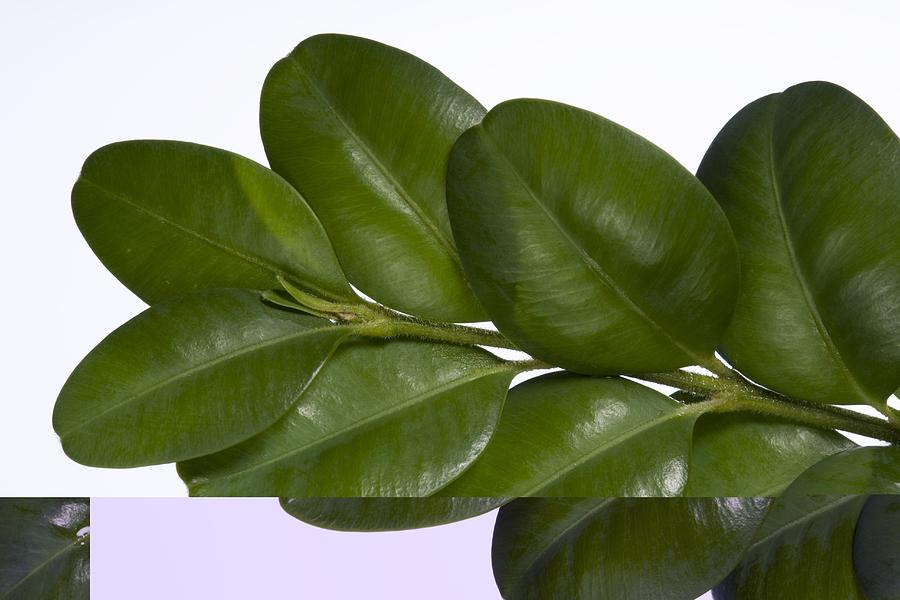
- Image 2: A row of boxwood shrubs, trimmed into a formal hedge.

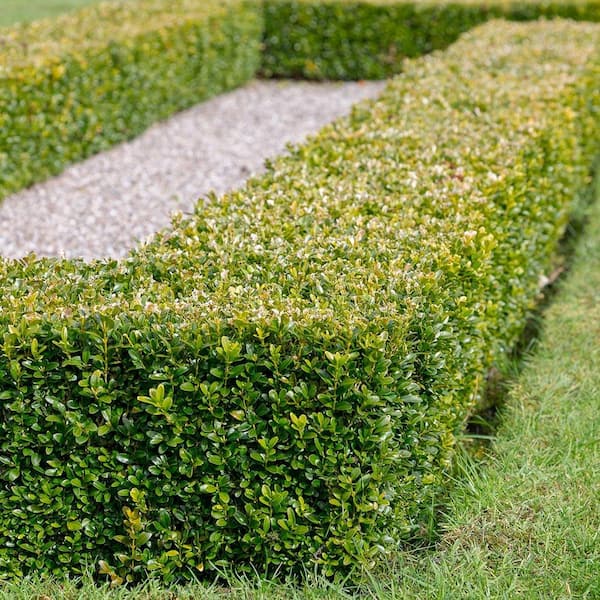
- Image 3: A single boxwood shrub, growing in a pot on a patio.
- Image 4: A boxwood bonsai tree, carefully pruned into a miniature shape.
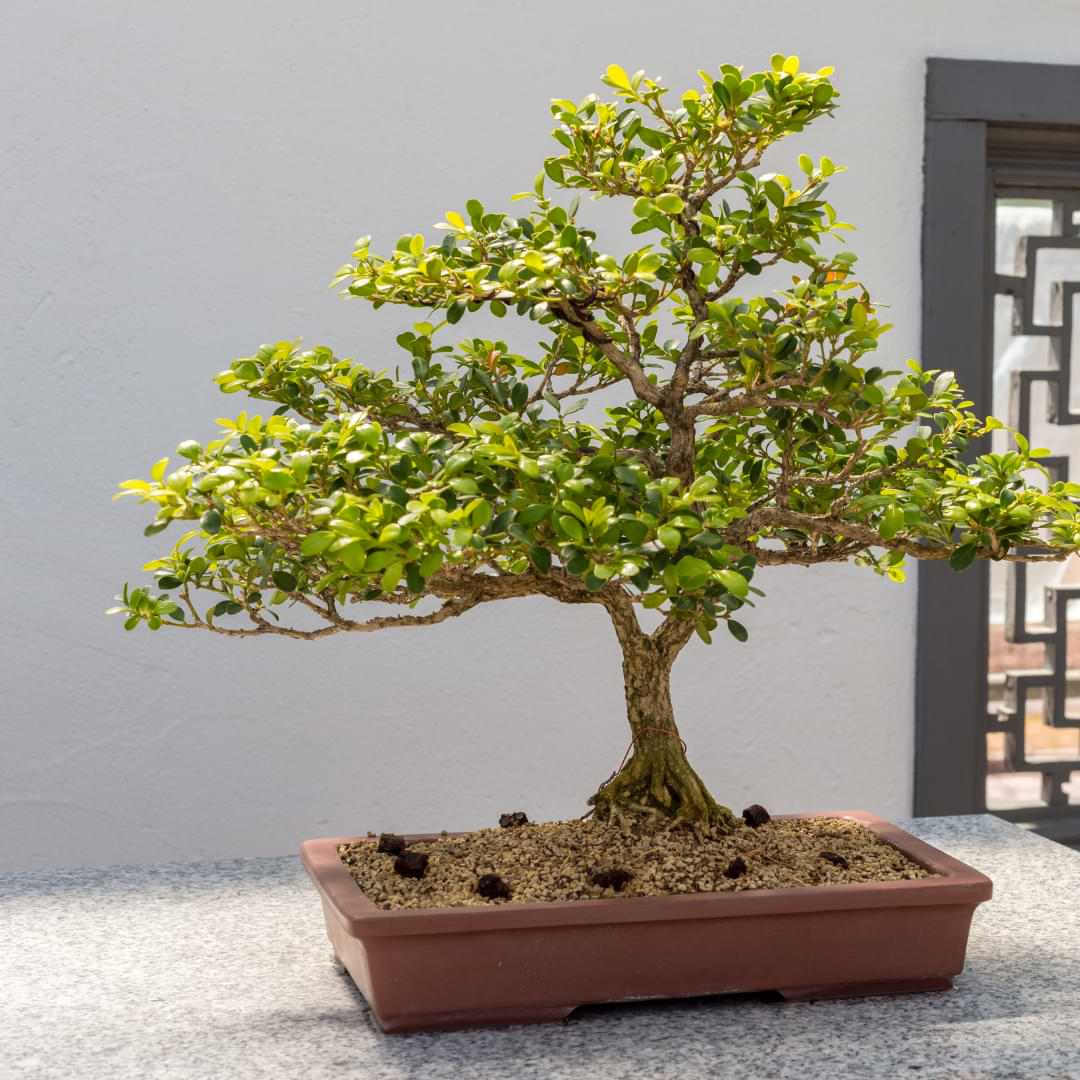
- Image 5: A boxwood wreath, decorated with berries and other seasonal foliage.

- Image 6: A boxwood topiary, shaped into a fanciful animal or object.
- Image 7: A boxwood border, lining a walkway or garden bed.
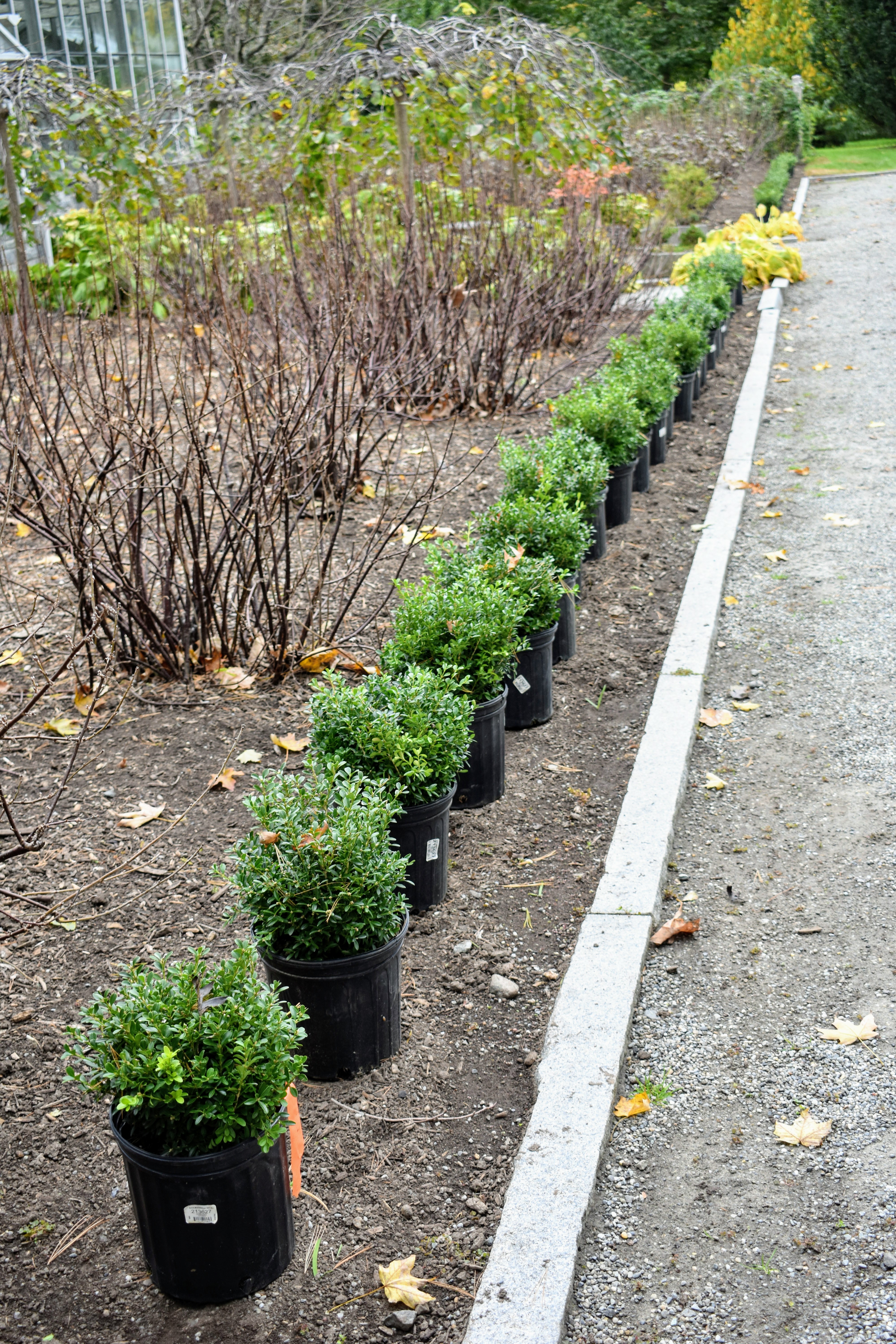
- Image 8: A boxwood hedge, providing privacy and structure in a garden.
- Image 9: A boxwood tree, providing shade and beauty in a landscape.
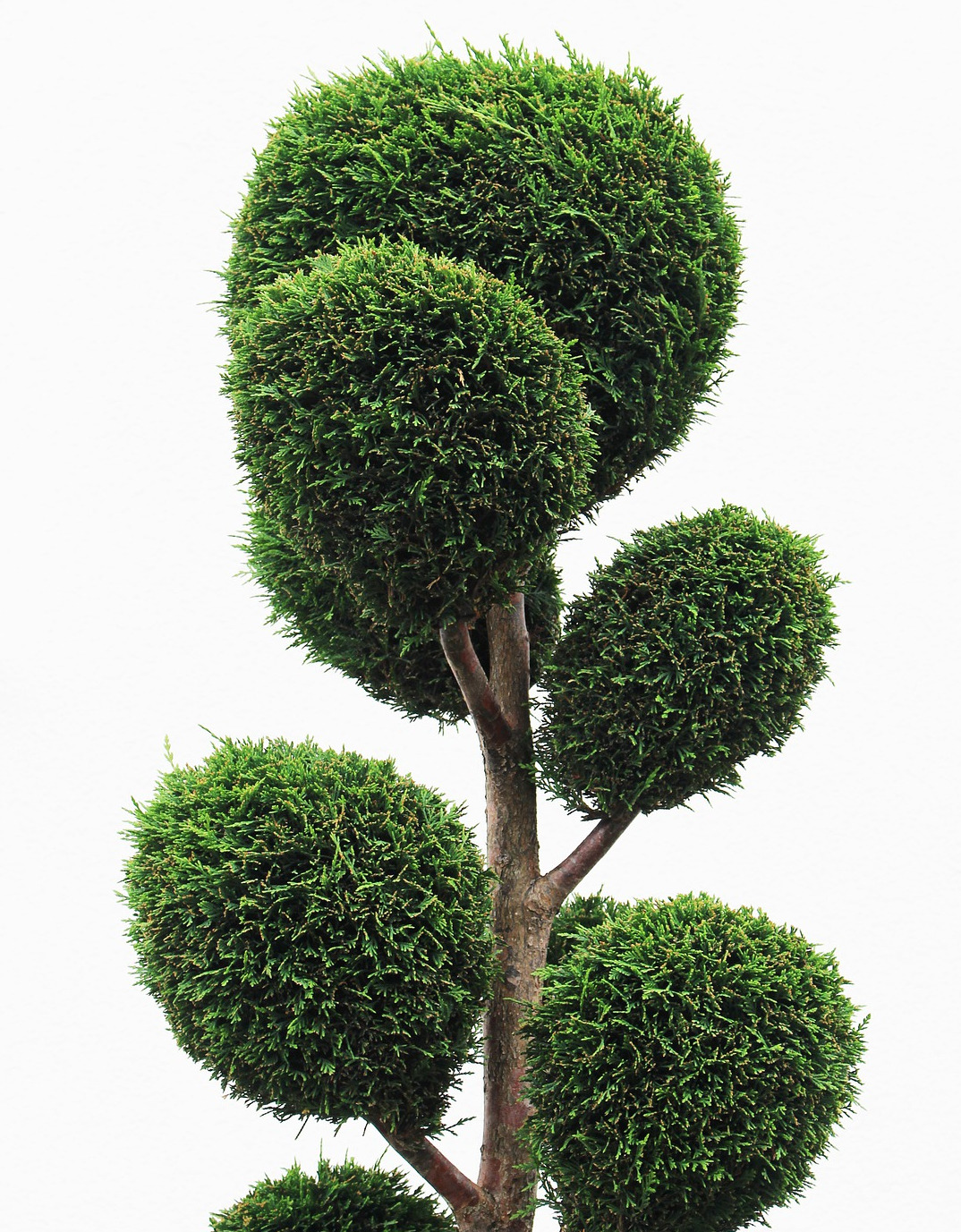
- Image 10: A boxwood bouquet, made with fresh-cut leaves and flowers.

Post a Comment for " Boxwoods In Months"